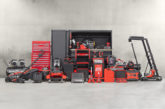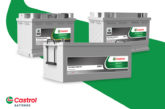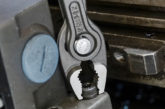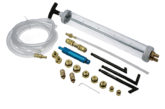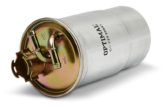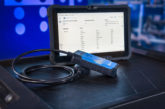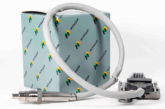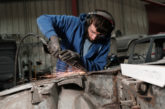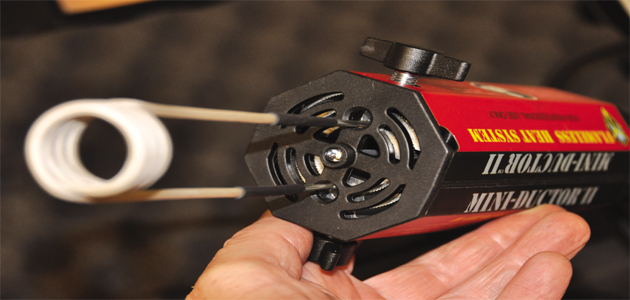
Most garage owners will be well aware that there are now a multitude of potential hazards that either need to be carefully monitored or dealt with immediately, with the safety of your workforce – not to mention customers and members of the public entering your premises – all variables that have to be considered.
By definition, the very nature of our jobs produces many potential health and safety issues, with the correct/safe use of tools and equipment in the workshop high up on the list of priorities for the business owner and their staff.
Over the years, the use of oxyacetylene is, arguably, the most dangerous practice that I’ve undertaken in my own workshop. Not all workshops would’ve used this substance, with many choosing to shy away for fear of accidents. Personally, I was brought up with it and trained in its use for performing welding and brazing tasks back in the day.
Since the introduction of MIG welding systems, I no longer need to utilise it in that capacity; however, I will still make use of oxyacetylene to heat and release seized components. To be honest, I couldn’t have done without it – that is until the Mini-Ductor II tool from Induction International arrived at my workshop…

Removing seized nuts/bolts
In essence, the product is an electrically-operated heating system that allows the technician to safely perform tasks that may have previously required the use of dangerous, volatile gasses. An inverter, the Mini-Ductor II is a hand-held unit measuring 39 x 7cm (approx.) and is powered by mains electricity (230V).
At the end of the inverter there are two terminals, into which one of various coils are inserted and then tightened with thumb screws. The user simply has to ascertain the size of nut or bolt that is seized (coil sizes range from ¾ to 1 ¾” diameter) and then select the appropriate coil to fit this. You then place the top of the coil, which has three coil windings, over the head of the nut, ensuring that it is not in direct contact.
Once this has been done, connect to the inverter and press the power switch on the unit to allow the inverter to heat up the nut. This process is achieved by converting the electric current into a high-frequency alternating magnetic field, which crosses the metallic seized nut, vibrating the electrons in the metal by electromagnetic induction. The energy produced by the moving electrons will ultimately generate the heat to release the seized nut.

The seized item should not need to get red hot; it will instead heat in bursts of 10 seconds or so. Once this part of the process has taken place, attempt to loosen the nut. If it’s still tight, repeat the process again until the removal has been completed.
Other applications
In addition to the aforementioned task, the Mini-Ductor II has many other applications that it can be used for, including the heating and removal of other ‘common’ seized components, such as bearings, ball joints, tie rod ends, exhaust pipes etc. This time a flexible rope coil is used and you simply wrap it around the component as many times as possible. Again, insert the ends of the coil into the inverter and use the power switch until enough heat is produced to release the seized component.
Having used the tool on several applications, I found it to be an extremely good method of releasing seized metallic objects, without having the danger of naked flames and potential risk of fire. Of course, you still have to use it with caution, as the radiant heat produced may ignite any oil, leaking fuel or underbody protection.
Additionally, care has to be taken when removing coils after operation, obviously due to the fact that they can get very hot. There were a few applications that I didn’t get to try the Mini-Ductor II out on, and I’ve been reliably informed that it can be an absolute boon when removing diesel injectors.
PMM readers will know how much grief these can cause when seized into the head (Mercedes and Vauxhall engines in particular), and I certainly know which tool I’ll be reaching for next time I’m presented with that problem.

